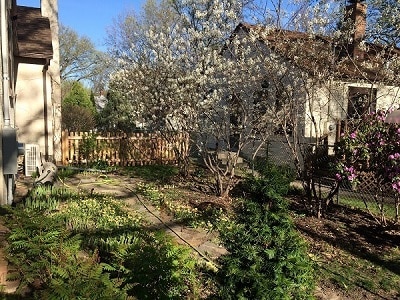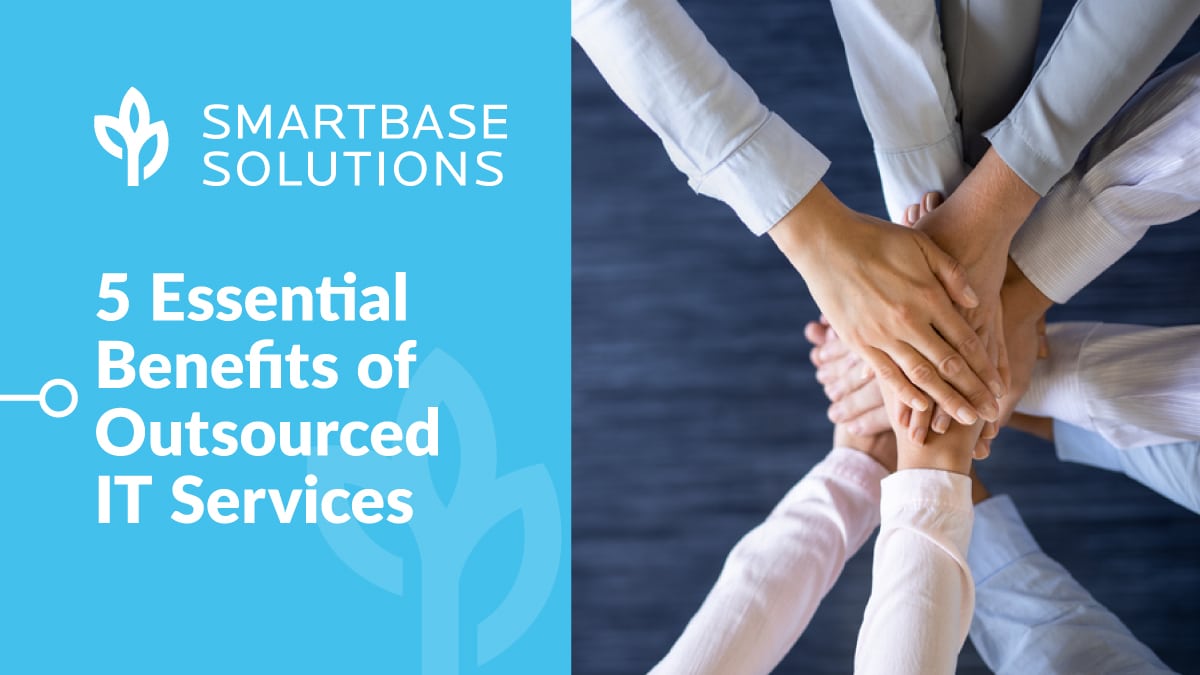I’m a gardener.
For nearly 40 years I’ve had my own garden and before that I helped my mother with hers. I’ve taken from and enriched the gardens I’ve worked with. It makes sense to me to give the last, best thing I have to the earth as I leave it; my body.
Now, I’m in no hurry to leave, but I do understand that there’s an opportunity that comes from death. We make room for new life and can repurpose one of our most valuable assets – our bodies.
Today’s traditional burial, in a casket surrounded by cement or in a 2000 degree fire, is a waste of our last gift to the world.
The Business of Bodies: How did we get here?
The World Health Organization estimates that by the year 2050, there will be two billion people who are over the age of 60. They also estimate that people over the age of 80 will have quadrupled by then.
There’s going to be a lot of bodies.
Numerous businesses have arisen over the past 100 years to attend to the needs of the dead and their loved ones. And experience that was once kept within the family has been handed over to a company of professionals who will take the dead off our hands. Todays funerals run from 3-15K.
What if we took back our death rights? For example, remember when we took back the right to decide how we wanted to give birth? Inside or outside of a traditional medical complex, in water, with a duhla, or squatting? How we end our life, like how we participate in beginning life shouldn’t only be someone’s business opportunity; it should be our decision.
What if we decided what happens to our bodies when we’re done with them?
Even without energy or a spirit, we have to remember that our bodies still have something to offer. Ninety-nine percent of the human body is made up of six elements: oxygen, carbon, hydrogen, nitrogen, calcium, and phosphorus. All of these elements are essential to building and sustaining life.
Here are some projects that are helping the deceased give something back after they’re gone.
1. The Urban Death Project.
The idea behind the Urban Death Project, featured in last week’s Star Tribune, is to build a facility for human composting to grow new life after death.
The process:
– Place a nitrogen rich material, like a body, inside a mound of carbon rich material, like wood chips and saw dust
– Add moisture
The chemical process that occurs breaks the body down to a soil-like substance. Even bones will decompose eventually. After a month, loved ones return and are encouraged to take some of the rich compost that has been created back to their own yards and flower gardens. They call it “folding the dead back into the fabric of the city”.
2. Body Donation to Science
Another example of an alternative to traditional burial was given last week at “Ignite MPLS”. This event allows regular people to give a 5 minute talk about any topic. One talk was about donating your body to science. Listen up you aging science nerds and gear heads!
Here are some interesting highlights:
– You want to donate your body but that doesn’t mean they’ll accept your donation. It depends on your cause of death and other body-related issues. There needs to be a backup plan!
– You need to register 30 days prior to your death to be eligible for body donation (this one was met with some laughter)
– Your body doesn’t automatically get assigned to a medical student for dissection, like some might think. Cadavers are also used by car companies to test safety features on their cars.
3. Organ Donation
This decision is as simple as checking a box when you apply for or renew your Minnesota driver’s license, yet can be life changing for someone in need.
What can be donated?
– Organs: Heart, lungs, kidneys, pancreas, liver and intestines.
– Tissue: Skin, veins, tendons, bone, heart valves and connective tissue.
– Eyes: Whole eye or cornea.
“No set age limit exists for organ donation. At the time of death, the potential donor’s organs are evaluated to determine their suitability for donation. Individuals in their 80s and 90s have successfully donated organs including liver and kidneys to save the lives of others.” – DonorRecovery.org.
Regardless of the use of your body, helping to further science and technology and improve the environment are all great options to give back to the world after death.
My Plans
Let’s go back to the garden to help explain my feelings. I don’t let anything go to waste. For this reason, I don’t have a garbage disposal. Anything that can go in garbage disposal can go in the compost in the bucket under my sink and eventually into my garden. The compost will provide nutrients to the soil that will help new plant life grow.
We aren’t exempt from the circle of life. If you prescribe to this idea, you don’t have to be as afraid of death. It becomes just like anything else; we come and we go.
My last gift to the earth would be to have my family position me lovingly around the roots of a young cherry tree. As I continue to break down, my family could remember me in the Spring blossoms and the Summer fruit.




